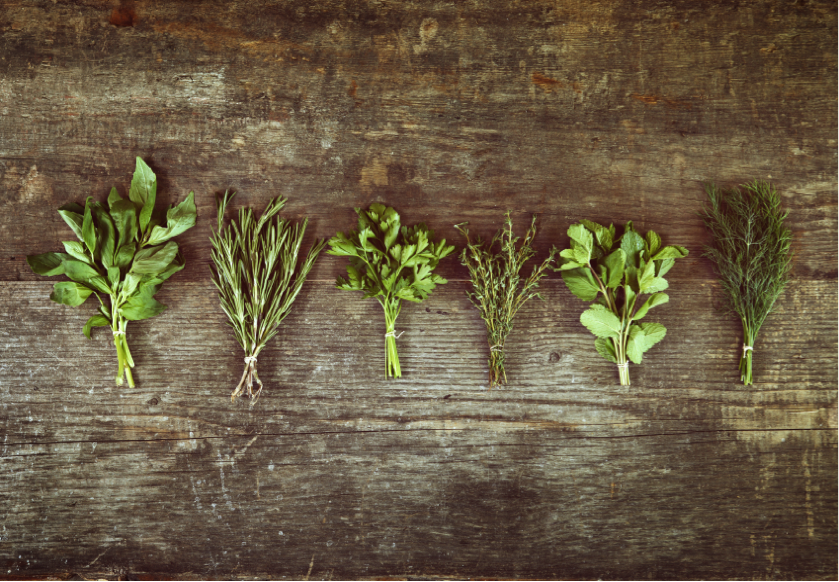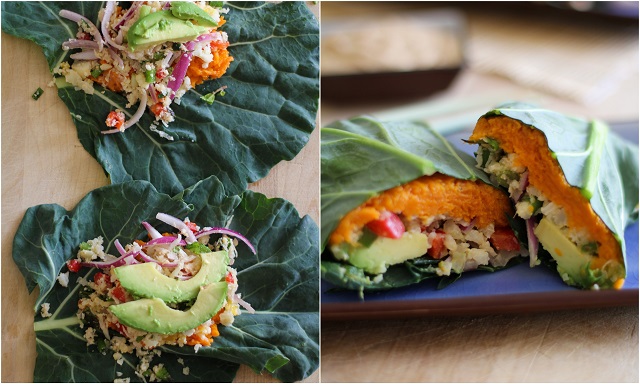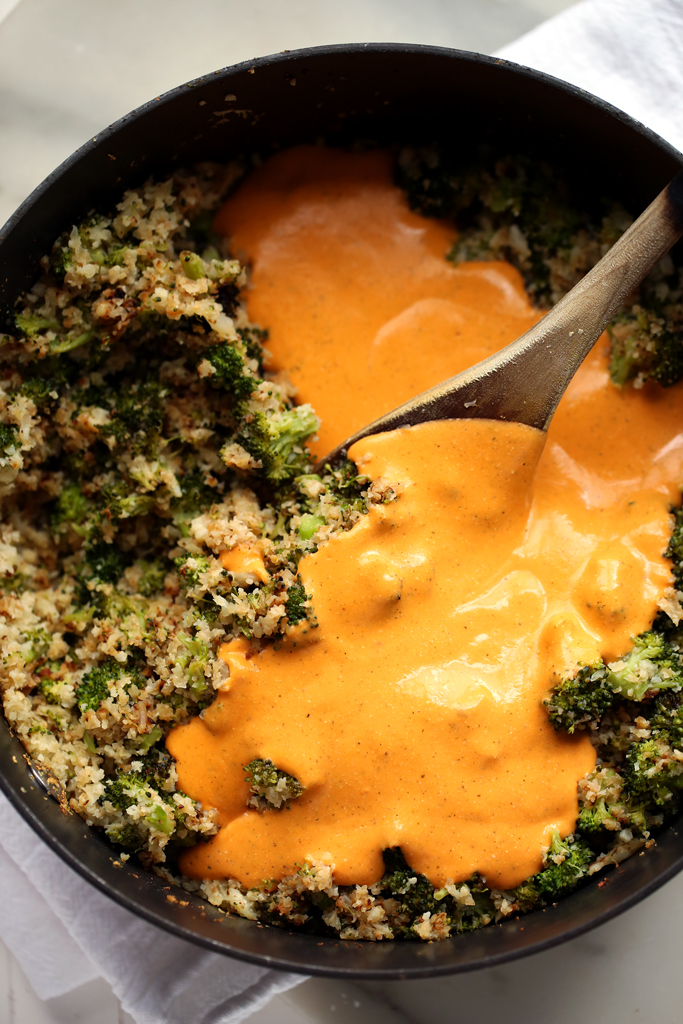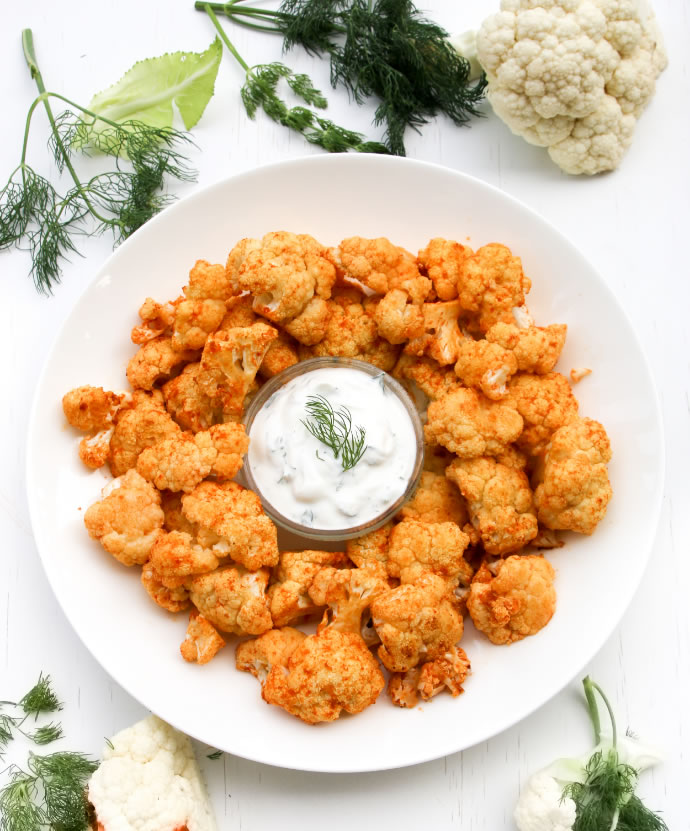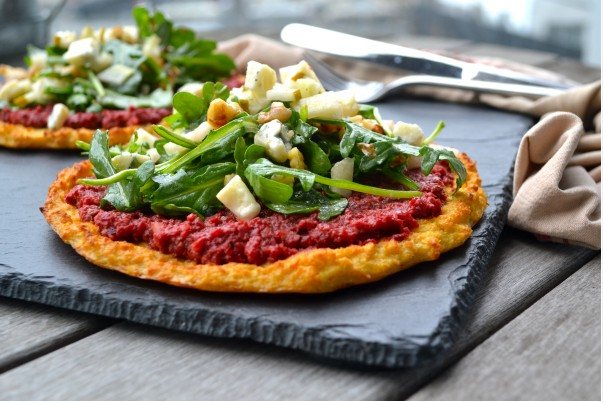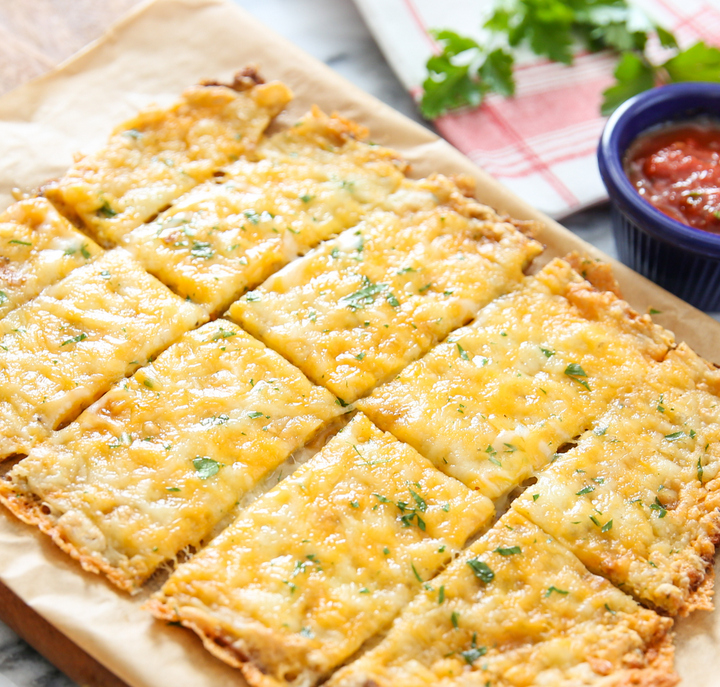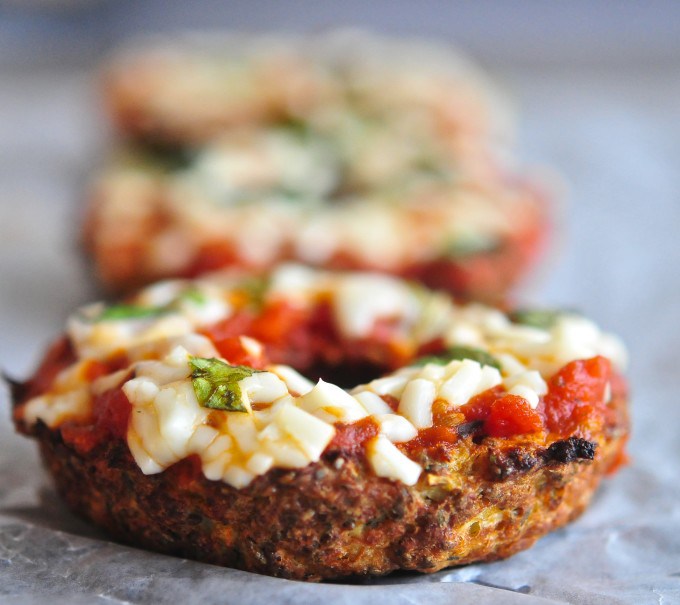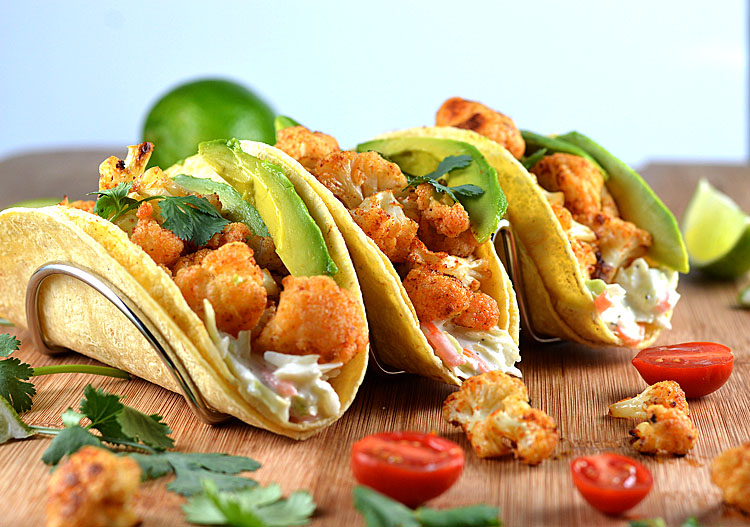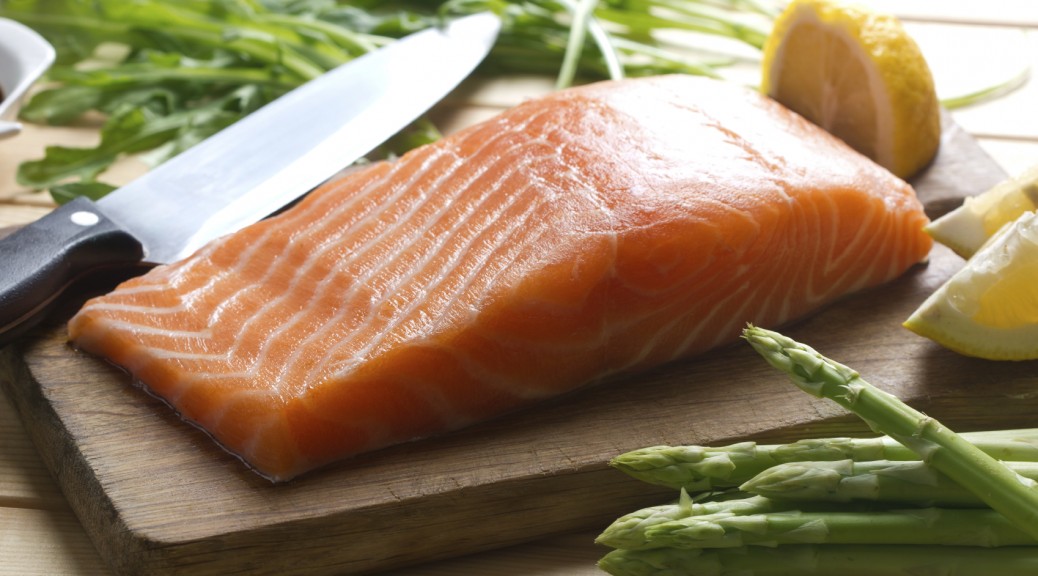We’ve all been there; “this sauce needs just a little extra… something.” This conundrum usually results in a generous sprinkling of salt. While salt is usually able to provide that ‘je ne sais quoi’, too much of it can wreak havoc on our bodies. Overconsumption of salt can result in a plethora of negative side effects, including high blood pressure, stroke, heart disease, and even obesity. LiveScience states that an approximate 50-70 million people in the United States alone suffer from high blood pressure and hypertension. High blood pressure is often referred to as a silent killer, as many people aren’t even aware that they suffer from the affliction. Many times we don’t realize how much salt we’re consuming, since 75% of sodium consumed is by way of processed or prepared foods. Based on this, we certainly do not need to be adding extra salt to our diets! So what’s the alternative? How can we get that extra dose of flavor without damaging our health? It’s easier than you may think – herbs and spices! Here are a few scrumptious spices that will keep your recipes heavy on the flavour, and low on salt.
Oregano: One of the most commonly used herbs, oregano is a great way to add flavor and seasoning to most vegetables and meats (especially lamb). Oregano is easy to keep on hand in dried format and pairs well with other herbs such as thyme, basil, and garlic.
Rosemary: Traditionally added to sauces and marinades, rosemary also makes a great addition to meat rubs in lieu of salt. Although rosemary is most fragrant when fresh, it’s also great to keep on hand in dried format.
Ginger: Add a fragrant burst to a stir-fry or vegetables with some fresh ginger. Although grating fresh ginger can be tiresome, there are inexpensive and organic minced ginger options available for purchase in a jar! Ginger packs a strong punch in small doses and adds an exotic kick to most vegetable dishes.
Basil: Just like rosemary, basil is best used fresh! However, basil is still great to use in sauces and salad dressings to increase the flavour. Basil is also great to mix with pine nuts and olive oil in a quick pesto to top pizzas, fish, and meat.
Cilantro: Fresh cilantro packs a potent punch. If you’re looking to add a kick to rice or noodle dishes, then cilantro is the perfect mate. Whether fresh or dried, the unmistakable flavor will ensure you’re not missing the taste of salt!
Citrus: While herbs and spices are an incredible way to amp up the flavor in your dishes, citrus will also do the trick! Adding lime juice, lemon juice, or even zest from the rind will help create complex flavors. Don’t underestimate what a squeeze of lemon over your poultry or pasta can do!
On your next adventure in the kitchen, don’t be afraid to skimp on the salt and experiment with spices! This will help tremendously in lowering your sodium intake and increasing your overall health. What are your favorite spices? Share them with us on Facebook!

